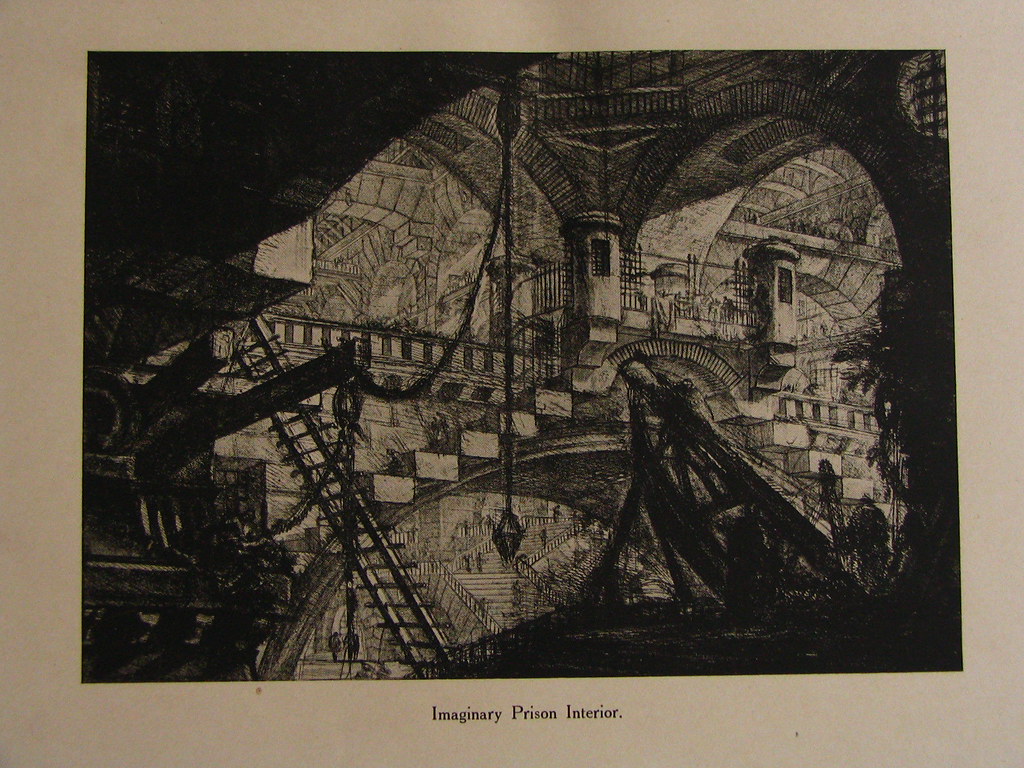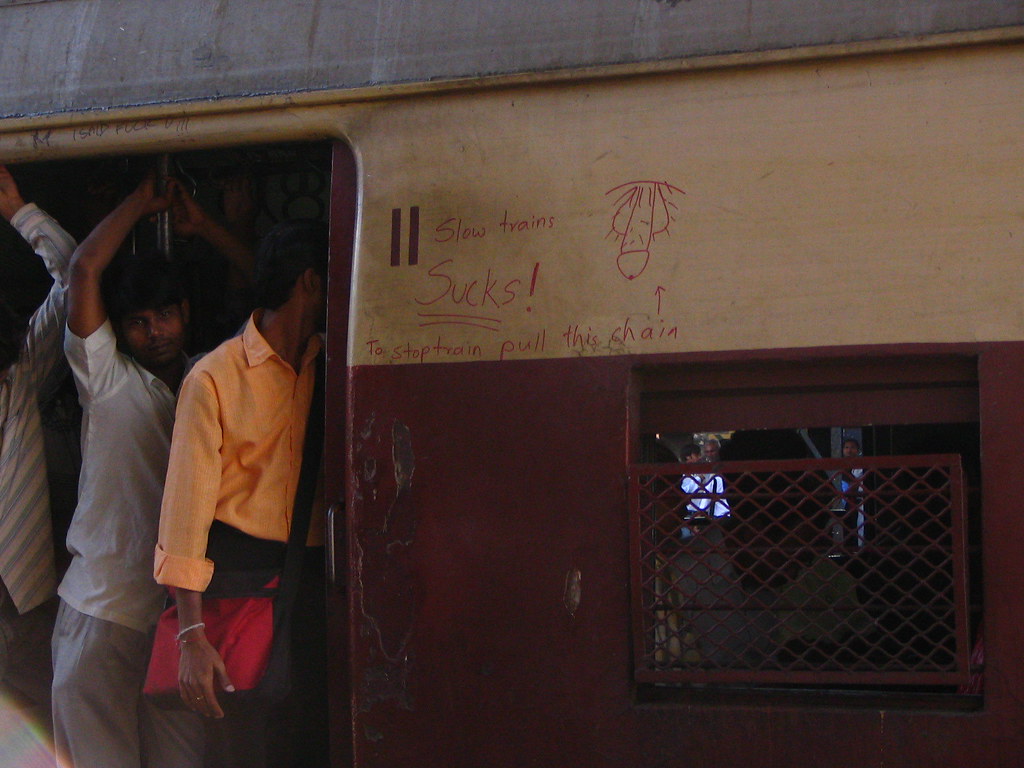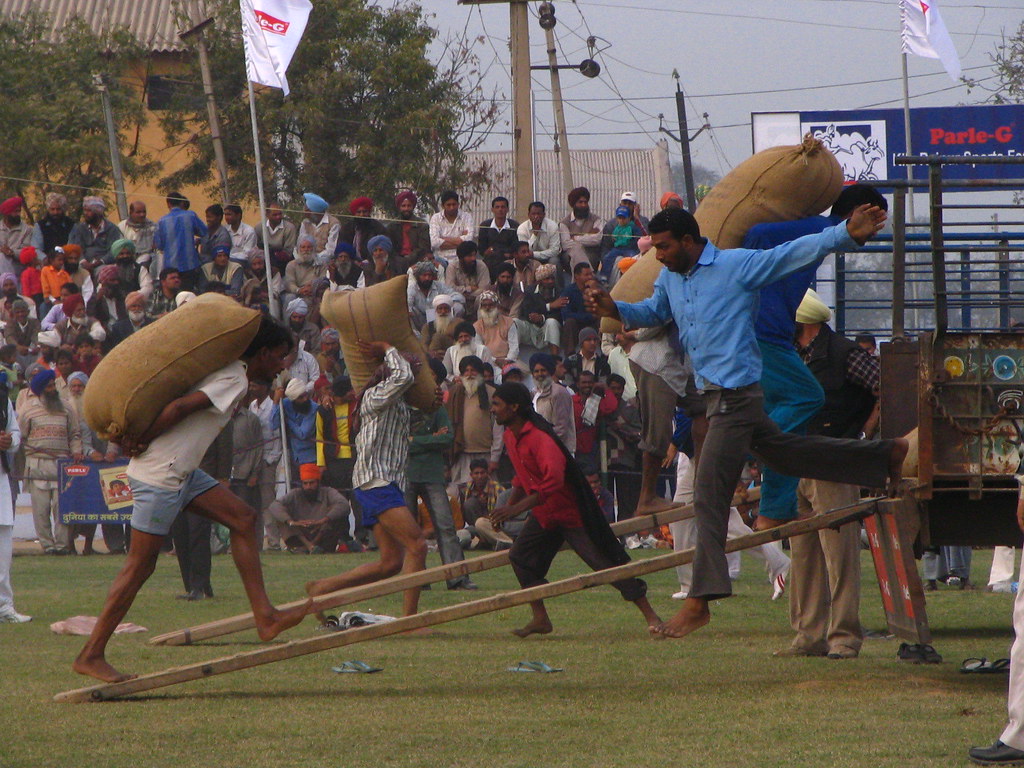 Tasveer Ghar has put out a call for proposals that sounds interesting:
Tasveer Ghar has put out a call for proposals that sounds interesting:"We are pleased to invite proposals for short-term fellowships involving the collection and documentation of unique forms of popular visual arts of India with a focus on "Gender, Nation and Spaces for the Everyday", resulting in the digitization of the collected specimens and their virtual exhibition on the website of Tasveer Ghar at the end of the fellowship.
...
Indian streets and public spaces are full of a variety of popular art forms such as posters, prints, calendars, advertisements, hoardings, religious iconography, photo portraits, cinema images and so on, that reflect the changing aesthetics of the urban popular culture. Most of these art forms are rather transitory – you see them one day, and they disappear or transform the next day depending upon the changes in the lifestyles of the people, as well as the available techniques of image-making and duplication. There is an urgent need to collect/document these and study the context in which they are produced and used."
This is utterly fabulous. I have half a mind to apply with my documentation of hand-painted signs, but it is neither exhaustive nor specifically focuses on gender. Still, I'd encourage anyone interested in gender, media, and India to get involved in this project, which seems uber-exciting. Surprise me!
(Disclaimer: I'm not in any way involved in this collective, but I am on a mailing list that received their appeal.)
















